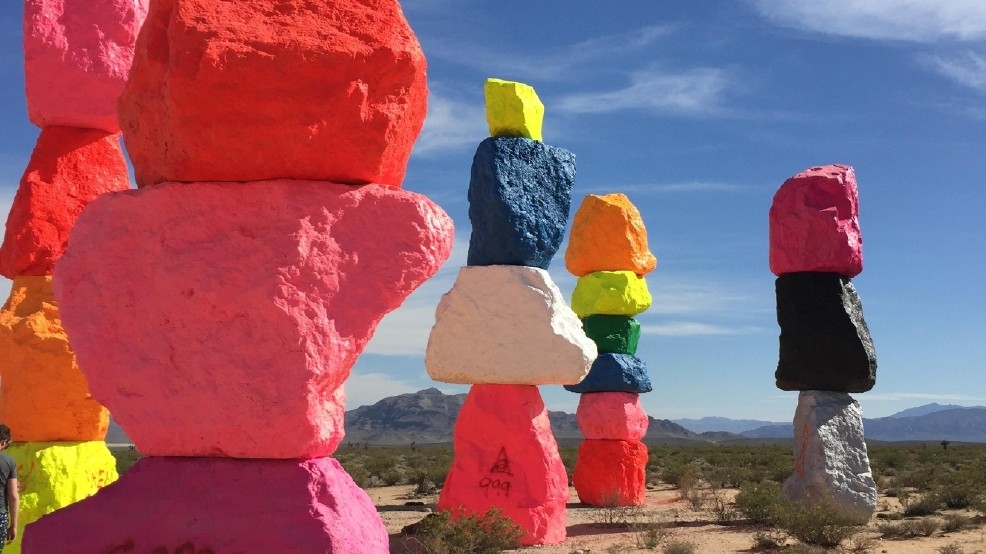Sculptures have long been a form of artistic expression and cultural representation in public spaces around the world. These works of art can evoke emotions, tell stories, and serve as landmarks that shape the identity of a city or community. However, despite their beauty and significance, sculptures are not immune to vandalism.
Vandalism of sculptures can take many forms, from graffiti and tagging to physical damage such as chipping away at the surface or even destruction beyond repair. The motivations behind such acts vary, ranging from sheer destructive impulse to political statements or social activism. Whatever the reason may be, sculpture vandalism has become an unfortunate reality that artists, authorities, and communities must contend with.
One prominent example of sculpture vandalism is the iconic “Fearless Girl” statue in New York City’s Financial District. This bronze statue by artist Kristen Visbal was installed facing the famous Charging Bull sculpture as a symbol of female empowerment and gender equality in 2017. Since its installation, “Fearless Girl” has been repeatedly vandalized with graffiti and paint splatters by individuals expressing various grievances.
In another instance, the historic Confederate monuments scattered across the Southern United States have been frequent targets of vandalism amid heated debates over their controversial legacy. Some view these statues as symbols of racism and oppression while others see them as important historical markers. Regardless of one’s stance on these monuments’ meanings, it is evident that they have become lightning rods for public discourse – sometimes manifesting through acts of vandalism.
Beyond intentional acts of vandalism motivated by personal beliefs or agendas, sculptures are also susceptible to damage from neglect, environmental factors like weathering or pollution exposure; accidents; or theft for profit from valuable materials like bronze or copper used in some sculptures.
The impact of sculpture vandalism extends beyond mere physical harm to these artworks; it undermines public enjoyment and appreciation for art in shared spaces. It erodes trust within communities and raises questions about how we value public art and protect our cultural heritage.
Efforts to combat sculpture vandalism include increased security measures such as surveillance cameras; community engagement initiatives aimed at fostering respect for public art; swift restoration processes when damage occurs; legal consequences for vandals caught defacing sculptures; proactive maintenance strategies to preserve sculptures’ integrity against natural wear-and-tear over time.
As urban explorers who appreciate discovering hidden gems in cityscapes around the world—whether through abandoned buildings or street art—it is essential to remember that respecting public artworks like sculptures is crucial not only for their aesthetic value but also for preserving our collective history and creativity for future generations to enjoy.

Leave a comment